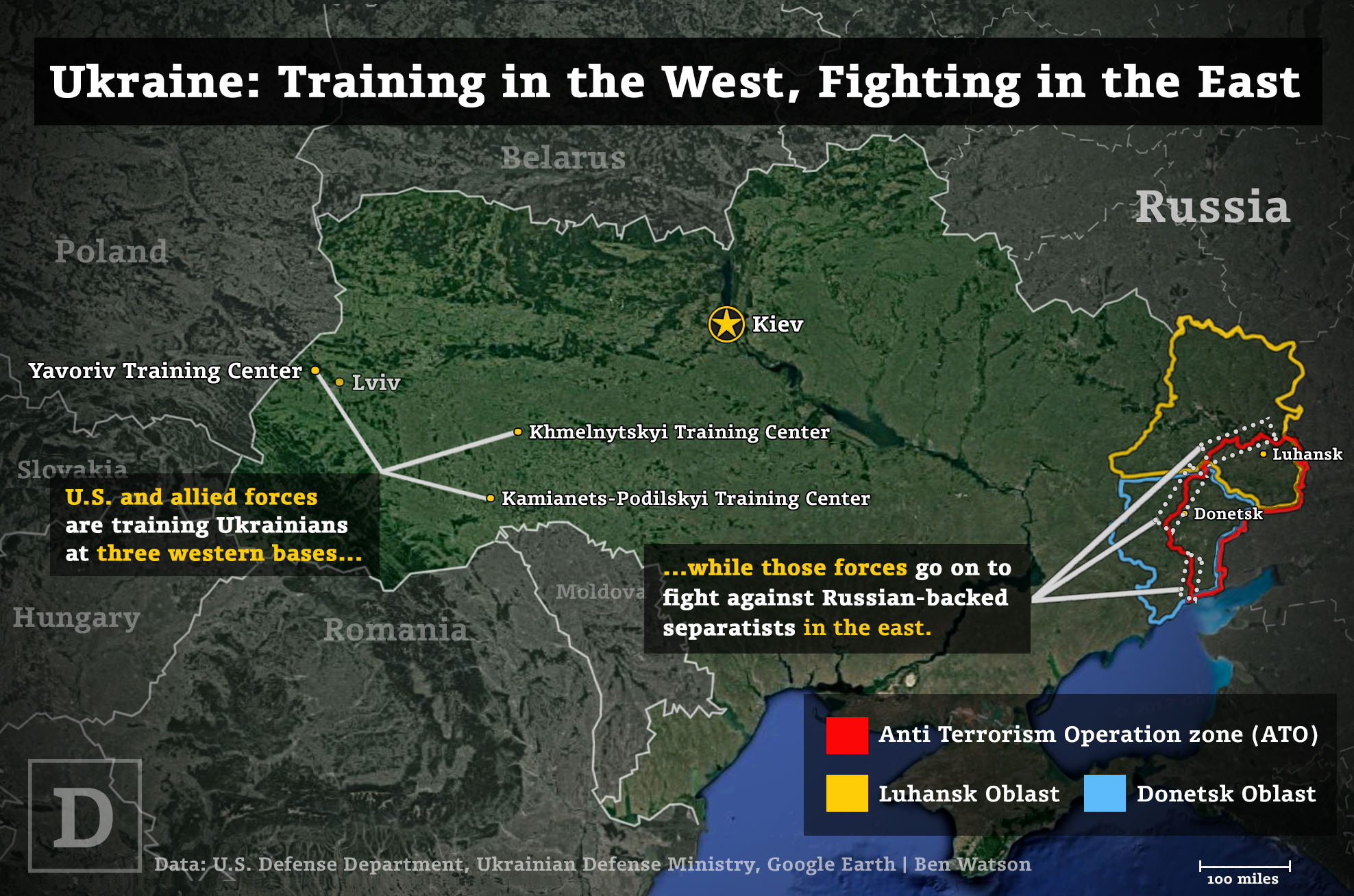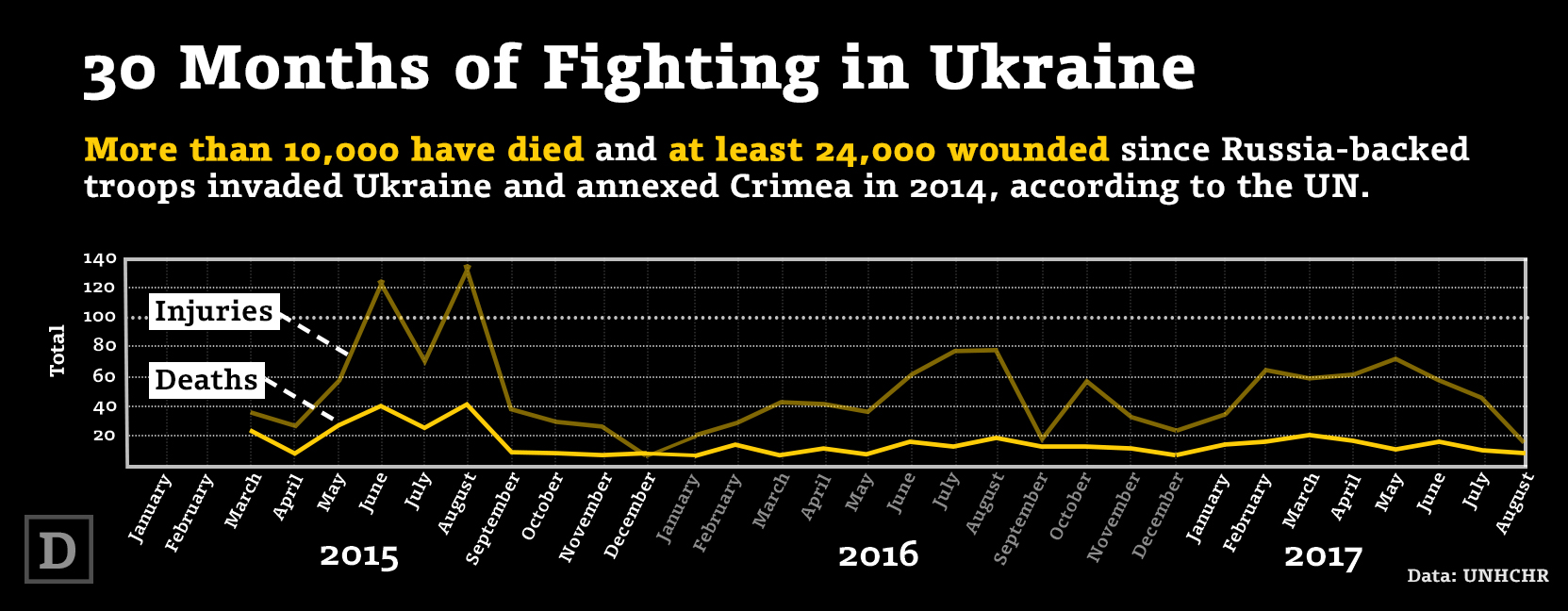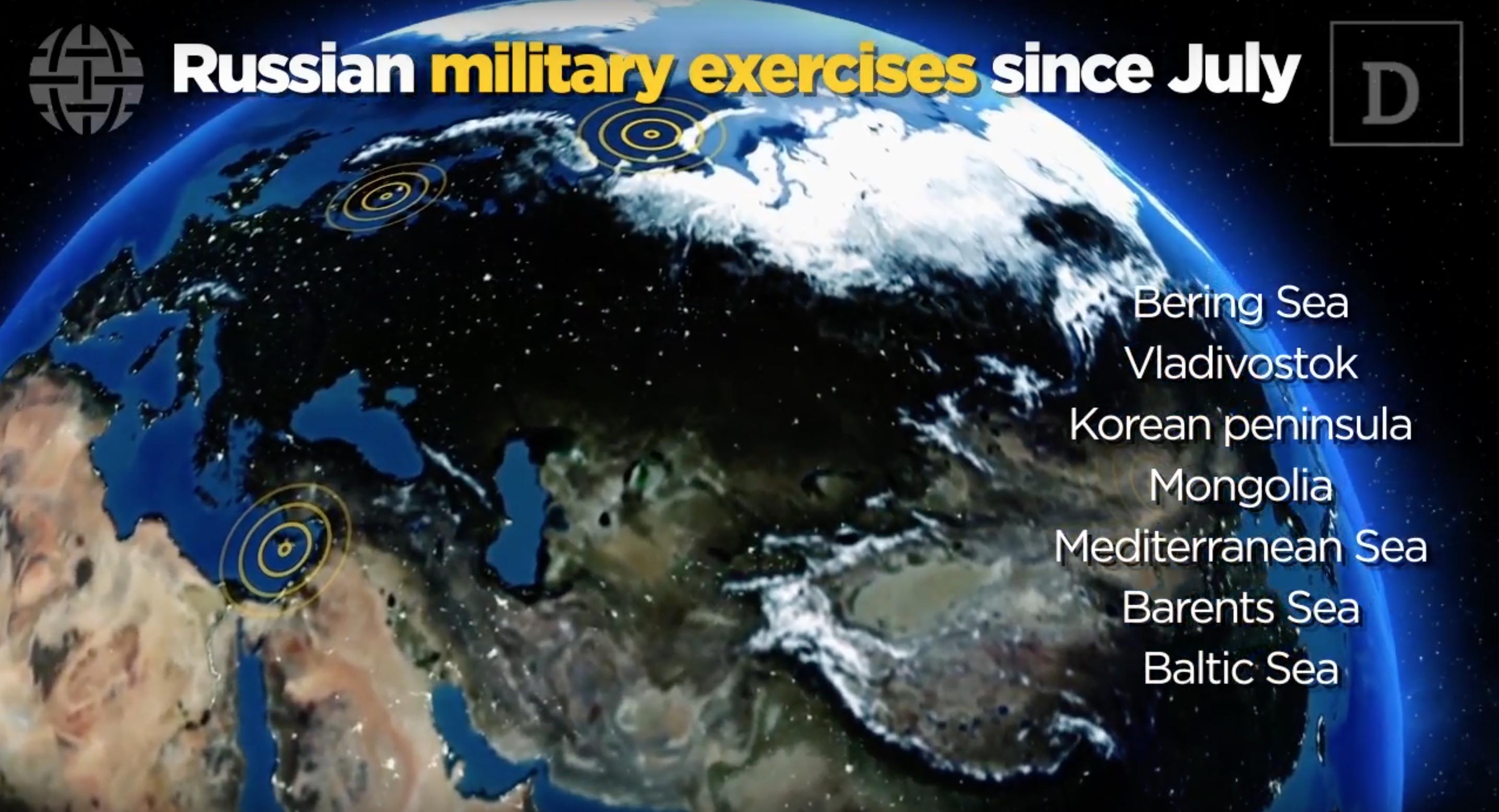For links see article source.....
Posted for fair use.....
https://www.realcleardefense.com/ar..._key_to_us_success_in_afghanistan_112438.html
India Is Key to U.S. Success in Afghanistan
By Willis Krumholz
October 05, 2017
"It’s damned easy to get in war but [it’s] going to be awfully hard to ever extricate yourself” - Lyndon B. Johnson
As America’s war in Afghanistan enters its 17th year, with the possibility of being in that country for at least another decade, these words ring true today. President Johnson’s fateful statement came when his administration was increasing U.S. involvement in Vietnam. Today in Afghanistan, the Trump Administration is hoping that a strategy change that amounts to not announcing a timetable for U.S. withdrawal, coupled with an increase in U.S. troop levels, will finally beat back the Taliban.
Now that America has secured our vital interests in Afghanistan, eliminating those responsible for 9/11 and defeating those who directly threatened our safety, policymakers’ ultimate goal must be an exit of our forces. The U.S. should not be tied up with nation-building in Afghanistan forever––it would cost countless lives of American sons and daughters, and would distract from greater threats to the homeland, such as North Korea.
Because of this, the U.S. is rightfully pushing for greater burden sharing among our allies in the region. This is both necessary to achieve an eventual U.S. exit, and for Afghanistan to secure its long-term prosperity and stability. Not only does geography allow our regional allies to provide economic ties and assistance in a way that the U.S. cannot, but these regional powers also have a compelling interest in ensuring Afghanistan does not devolve into a safe-haven for international terrorists. And the regional power uniquely suited to lend the U.S. a hand is Narendra Modi’s India.
Last week, U.S. Secretary of Defense Jim Mattis met his counterpart in New Dehli, Indian Defense Minister Nirmala Sitharaman. Top on the agenda of Mattis’ diplomatic mission was to encourage India toward greater burden-sharing in Afghanistan. While India agreed to increased assistance for Afghanistan’s government in Kabul, Sitharaman made clear that there “shall not be any boots from India on the ground in Afghanistan.”
Why India is reluctant to lend a hand
As much as U.S. policymakers may wish for greater Indian involvement in Afghanistan, two significant roadblocks remain. First, it is thought that Indian troops on the ground could cause Pakistan to wreak greater havoc in Afghanistan. Second, although India cares deeply about the outcome in Afghanistan, India can leave the heavy lifting up to America. To put it simply, why do the hard work if someone else will do it for you?
To temper Pakistan, New Delhi must first offer greater military aid and military advisors, not a full-scale military presence. As for Pakistan, Afghanistan’s neighbor to the south could hardly ratchet up support for the Taliban any further. A case in point, Pakistan’s security forces likely plotted to assassinate moderate Taliban leaders for the sin of considering a political solution with the government in Kabul. At the very least, Pakistan’s powerful security forces have allowed the Taliban a safe-haven in Pakistan.
The U.S. also has leverage over Pakistan, due to our almost $1 billion in aid sent to the country annually. Pakistan may be acting rationally given the status quo, but the status quo is still unacceptable. It is high time that Pakistan ends its support for the Taliban altogether, or sees its support from American taxpayers cut off entirely.
Encouraging India to play a larger role because of the “free rider” problem is more complicated. Timetables aside, this requires the U.S. to persistently remind India that we cannot be involved in Afghanistan forever. India would also like to see U.S. aid to Pakistan dry up—this could be used to encourage India toward greater action.
Pursuing this strategy allows America to confront Pakistan, already cementing close ties with China, while attempting to edge closer to our true friend, India. In the words of Barry R. Posen, Ford International Professor of Political Science at MIT, a smaller U.S. footprint in Afghanistan “would likely draw India deeper into Afghanistan,” and “intensified Indian-Pakistani competition in Afghanistan would deepen the emerging rivalry between India and China, driving India closer to the United States.”
Even our regional adversaries would have a constructive role to play if America’s footprint was reduced, which could also sow division among these adversaries. According to Posen, “[w]hen America intervenes to manage a civil war, other powers can throw darts at the Americans from the sidelines; when it is absent, those on the sidelines have to solve the problem for themselves, and will often disagree about the solution.”
Good policy and politics
Going forward then, the Trump Administration should be sending India a clear message on Afghanistan: The promise of stronger ties to the U.S. and the possibility of a reduction in U.S. aid to Pakistan must be accompanied by the knowledge that America’s days in Afghanistan are numbered. If this were to occur, India’s interests in Afghanistan would compel it to share the burden currently shouldered by U.S. taxpayers and our armed forces.
This is both good policy and politics for the Trump Administration. The remaining mission of nation-building in Afghanistan could be effectively carried out by India and other regional powers, and at a much lower cost. If India shares the burden in this effort, it allows America to focus on threats of a more existential nature.
Military readiness is the talk of the day, but this is largely a concern because Washington has overstretched our armed forces by failing to set priorities in determining which missions to pursue. Including some future costs, estimates put America’s Afghanistan tab at over $2 trillion. Transferring the remaining nation-building efforts in Afghanistan will ease significant pressure on our defense budget.
More important are the lives of the men and women in our armed forces. Already, we have lost 2,400 troops in America’s longest military conflict. Spurring India to carry a greater burden in Afghanistan reduces the burden on our troops. The alternative contains the possibility of a costly failure, at the expense of more American lives. We should look out for American interests and avoid such an outcome.
Willis L Krumholz is a fellow at Defense Priorities. He holds a JD and MBA degree from the University of St. Thomas, and works in the financial services industry.
Posted for fair use.....
https://www.realcleardefense.com/ar..._key_to_us_success_in_afghanistan_112438.html
India Is Key to U.S. Success in Afghanistan
By Willis Krumholz
October 05, 2017
"It’s damned easy to get in war but [it’s] going to be awfully hard to ever extricate yourself” - Lyndon B. Johnson
As America’s war in Afghanistan enters its 17th year, with the possibility of being in that country for at least another decade, these words ring true today. President Johnson’s fateful statement came when his administration was increasing U.S. involvement in Vietnam. Today in Afghanistan, the Trump Administration is hoping that a strategy change that amounts to not announcing a timetable for U.S. withdrawal, coupled with an increase in U.S. troop levels, will finally beat back the Taliban.
Now that America has secured our vital interests in Afghanistan, eliminating those responsible for 9/11 and defeating those who directly threatened our safety, policymakers’ ultimate goal must be an exit of our forces. The U.S. should not be tied up with nation-building in Afghanistan forever––it would cost countless lives of American sons and daughters, and would distract from greater threats to the homeland, such as North Korea.
Because of this, the U.S. is rightfully pushing for greater burden sharing among our allies in the region. This is both necessary to achieve an eventual U.S. exit, and for Afghanistan to secure its long-term prosperity and stability. Not only does geography allow our regional allies to provide economic ties and assistance in a way that the U.S. cannot, but these regional powers also have a compelling interest in ensuring Afghanistan does not devolve into a safe-haven for international terrorists. And the regional power uniquely suited to lend the U.S. a hand is Narendra Modi’s India.
Last week, U.S. Secretary of Defense Jim Mattis met his counterpart in New Dehli, Indian Defense Minister Nirmala Sitharaman. Top on the agenda of Mattis’ diplomatic mission was to encourage India toward greater burden-sharing in Afghanistan. While India agreed to increased assistance for Afghanistan’s government in Kabul, Sitharaman made clear that there “shall not be any boots from India on the ground in Afghanistan.”
Why India is reluctant to lend a hand
As much as U.S. policymakers may wish for greater Indian involvement in Afghanistan, two significant roadblocks remain. First, it is thought that Indian troops on the ground could cause Pakistan to wreak greater havoc in Afghanistan. Second, although India cares deeply about the outcome in Afghanistan, India can leave the heavy lifting up to America. To put it simply, why do the hard work if someone else will do it for you?
To temper Pakistan, New Delhi must first offer greater military aid and military advisors, not a full-scale military presence. As for Pakistan, Afghanistan’s neighbor to the south could hardly ratchet up support for the Taliban any further. A case in point, Pakistan’s security forces likely plotted to assassinate moderate Taliban leaders for the sin of considering a political solution with the government in Kabul. At the very least, Pakistan’s powerful security forces have allowed the Taliban a safe-haven in Pakistan.
The U.S. also has leverage over Pakistan, due to our almost $1 billion in aid sent to the country annually. Pakistan may be acting rationally given the status quo, but the status quo is still unacceptable. It is high time that Pakistan ends its support for the Taliban altogether, or sees its support from American taxpayers cut off entirely.
Encouraging India to play a larger role because of the “free rider” problem is more complicated. Timetables aside, this requires the U.S. to persistently remind India that we cannot be involved in Afghanistan forever. India would also like to see U.S. aid to Pakistan dry up—this could be used to encourage India toward greater action.
Pursuing this strategy allows America to confront Pakistan, already cementing close ties with China, while attempting to edge closer to our true friend, India. In the words of Barry R. Posen, Ford International Professor of Political Science at MIT, a smaller U.S. footprint in Afghanistan “would likely draw India deeper into Afghanistan,” and “intensified Indian-Pakistani competition in Afghanistan would deepen the emerging rivalry between India and China, driving India closer to the United States.”
Even our regional adversaries would have a constructive role to play if America’s footprint was reduced, which could also sow division among these adversaries. According to Posen, “[w]hen America intervenes to manage a civil war, other powers can throw darts at the Americans from the sidelines; when it is absent, those on the sidelines have to solve the problem for themselves, and will often disagree about the solution.”
Good policy and politics
Going forward then, the Trump Administration should be sending India a clear message on Afghanistan: The promise of stronger ties to the U.S. and the possibility of a reduction in U.S. aid to Pakistan must be accompanied by the knowledge that America’s days in Afghanistan are numbered. If this were to occur, India’s interests in Afghanistan would compel it to share the burden currently shouldered by U.S. taxpayers and our armed forces.
This is both good policy and politics for the Trump Administration. The remaining mission of nation-building in Afghanistan could be effectively carried out by India and other regional powers, and at a much lower cost. If India shares the burden in this effort, it allows America to focus on threats of a more existential nature.
Military readiness is the talk of the day, but this is largely a concern because Washington has overstretched our armed forces by failing to set priorities in determining which missions to pursue. Including some future costs, estimates put America’s Afghanistan tab at over $2 trillion. Transferring the remaining nation-building efforts in Afghanistan will ease significant pressure on our defense budget.
More important are the lives of the men and women in our armed forces. Already, we have lost 2,400 troops in America’s longest military conflict. Spurring India to carry a greater burden in Afghanistan reduces the burden on our troops. The alternative contains the possibility of a costly failure, at the expense of more American lives. We should look out for American interests and avoid such an outcome.
Willis L Krumholz is a fellow at Defense Priorities. He holds a JD and MBA degree from the University of St. Thomas, and works in the financial services industry.





